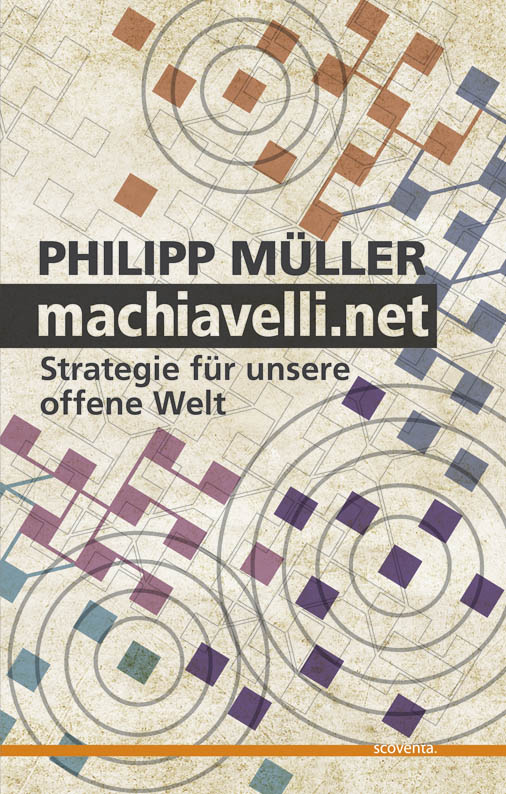Strategizing Radical Transparency
Sometimes very simple ideas are counter-intuitive. Radical transparency clearly is one of them. Let me define the concept, ask why one would want (not) to go “radically transparent,†and how to implement the strategy.
What is radical transparency?
Radical transparency is a management approach in which all decision making is carried out publicly and the work flow has open application interfaces. It is a radical departure from existing processes, where (a) decision making was never fully open, to ensure security and the discretion of the decision makers and (b) the work flow was a black box, where outside intervention would be looked upon as outside meddling.
| Decision Making (policy cycle) | Ensure access to draft documents, allow commenting, and include the public in final decisions. |
| Work Flow (implementation process) | Design application interfaces that allow the public to access the work flow in real time, participate in a granular and modular fashion, and |
What is the value added of the approach?
It is important to realize that radical transparency is not a requirement put upon a process from outside stakeholders, but an actively chosen strategy. So why go transparent? Radical transparency impacts value identification, capacity, and legitimacy of any project.
| Value definition | Value definition profits from the wider discussion. Group think is potentially avoided. |
| Legitimacy | It increases legitimacy, because stakeholders are involved in the decision making process and trust is increased. |
| Capacity | Capacity is increased if radical transparency allows you to integrate “self-selected experts†into your decision cycle and resulting work flow. It saves costs! |
When to apply it?
As with any management strategy, radical transparency is not a panacea. So the question is what types of problems are amenable to the approach and what types of problems are better left in the dark.
| Coordination Issues | In today’s world, many issues are coordination issues. The legitimacy and quality of standard-setting will approve dramatically. |
| Consensus Building | Many issues today have become trans-national and cross-sectoral. This means that there are no established and institutionalized decision making procedures. In such situations, radical transparency can dramatically increase the legitimacy (and effectiveness) of the procedures. |
| Uncovering distributed expertise | In today’s world expertise is not anymore monopolized by professionals. However, finding this distributed expertise is expensive. By utilizing radical transparency (in combination with functioning quality control), one allows for self-selection of expertise. |
| Utilizing the love of the amateurs | There are topics where we know that amateurs will be very willing to cooperate. Think of the inclusion of amateur astronomers in the identification of new meteors. |
When to not apply it?
There are other issues, where it is best not to pursue a radical transparent approach:
| Security | If radical transparency endangers (national) security, the topic should be off-topic. However, it makes sense to clearly and openly delineate the boundaries of such limitations. |
| Privacy | If there is no way of ensuring the anonymity of data and if the issue would impact the privacy of individuals, the approach should not be used. |
| Secrecy | If the competitiveness of an enterprise depends on the secrecy of the process (think the Coca Cola formula), radical transparency shall not be used. |
| Design | If the design of the output should follow a specific (totalitarian) idea, it is not sensible to open up the process. Apple Computers uses this approach. |
| Capture | If the platform is relevant enough that it can be captured by off-topic participants, management of the process becomes tedious. This has happened with the UFO believers and the Obama birth certificate debaters on the Open Government Initiative. |
How to design radically transparent procedures (a rough guide to implementation)?
|
Scope |
Define what data you will free. |
|
Trajectory |
Explain the limitations explicitly, outline the next steps to full transparency. |
|
Open Access |
Make sure you make all data available in machine-readable format, ideally in real-time. Do not massage or edit it! |
|
Engagement Principles |
Do not define who will be able to access your data, let your collaborators self-select. But, define standards for participation, do this in code and convention. |
|
Moderation |
Structure the conversation, define expectations, but allow for flexibility and participation in the debate about the core principles of the collaboration. Do not ask open questions like “what do you think of Europe? How do we integrate minorities?†|
| Reflexivity | Design reflexivity into the process. Use work flow mapping and meta-data on the deliberation processes to mirror the community back at its members. Sophistication will increase. |
 Author of machiavelli.net, proud father of three, interested in shaping network society. Welcome to my blog.
Author of machiavelli.net, proud father of three, interested in shaping network society. Welcome to my blog.
the radical transparency notion suggests a radical cultural change in a any given organization. This cultural 'revolution' would be especially prominent in the government context, where secrecy is the norm. i guess that the main constrain is when the 'when not to apply it' list becomes a list of plausible excuses for limiting the extension of transparency to areas where it could indeed be applaied. secrecy is often elevated to a general value than a rational constrains: this has always been the case in the public sector.
Pingback: Shaping Network Society » Blog Archive » Network Society and the Futures of Modernity